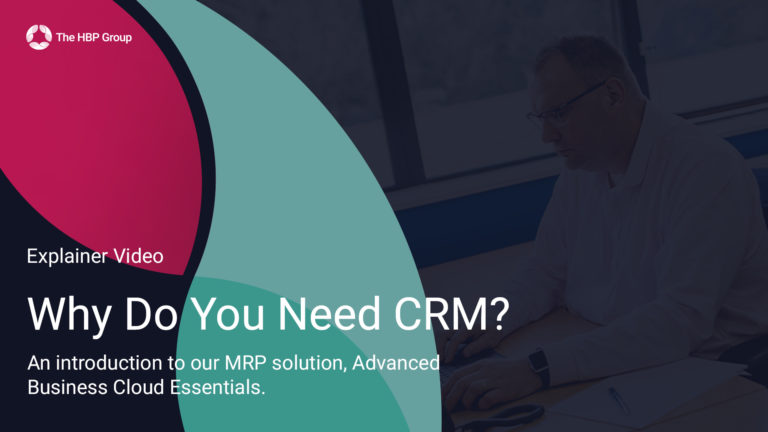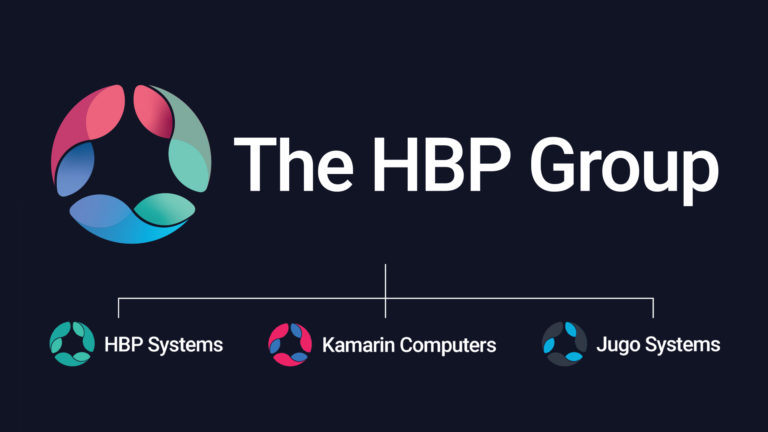Top tips for improving your sales pipeline in manufacturing
Keep your pipeline up to date
If a prospect needs to be added or removed from the pipeline, this should be done immediately. The same applies if they have moved from one stage to the next. You should also have an effective method for keeping notes related to past communication so that you don’t lose sales by bombarding them with repetitive messages.
Your sales pipeline should only be filled with up-to-date information so that you have an accurate picture of the financial value of future deals.
Ensure pipeline stages are clearly defined
Each step of your sales pipeline will be categorised, so there is a clear progression from one stage to the next. But the boundaries between each of these stages should be clearly defined too. If you’re not certain which parameters must be met for a prospect to progress, there’s a chance they will be forgotten about, and they will take their business elsewhere.
One way to stay on top of this is to evaluate what the typical process looks like for any given sale so that the whole pathway is mapped out (with no grey areas). Stages can be removed or added as the process evolves.
Work efficiently
When it comes to sales, employees should look to work smartly and efficiently. This could involve prioritising leads based on their perceived quality, the size of the deal, or how far along the pipeline they are.
Salespeople must sometimes be persistent in today’s world, as there’s more competition in the manufacturing industry than ever. But there’s also value in knowing when to stop trying, so that time isn’t lost on an impossible task.
Carry out regular reviews
You should regularly review the processes involved in your sales pipeline, to see if any aspect can be enhanced. This will also highlight which parts are working well and which aren’t, which may influence a strategy rethink.
You may determine that the cycle needs to be shortened, as there is more chance of losing someone’s custom if it drags on for too long. These kinds of insights cannot be found without frequent analysis.
Generate enough informative content
It can be important to create content to draw people into your pipeline initially. But you may also want to serve them useful content once they’re in the sales cycle too, perhaps in between some of the stages we’ve mentioned.
This could include emailing them a link to an informative web page with product descriptions, or to a YouTube video that acts as a tutorial. It’s good to stay in the mind of the prospect (as long as the collateral is engaging and not overbearing).
Implement contact management software
The quickest, easiest, and most transformative way to improve your sales pipeline, is to utilise the help of technology. Manufacturers tend to opt for a contact management solution, as this offers simplicity, and dedicated functionality for the aspects they need.
With the aid of a digital system, it’s far easier to implement the tips mentioned above, whilst also making fewer mistakes, working faster, saving time, and gaining more complex insights from your data.
Which contact management software should you use?
As with any system, when selecting it, you must ensure it possesses the desired functionality. With contact management software, you’ll want a solution that allows you to easily store and manage the contact details of customers and prospects.
Advanced’s Manufacturing Software allows you to do just this, with dedicated fields to store all the necessary information. Each customer’s account shows you everything you need to know, including their latest address, which products they purchase, the value of these purchases, and any relevant notes.
The system provides a clear picture of the overall health of these relationships, with helpful dashboards, so that you know if any action must be taken. You can also track the orders of each customer, making it more likely to deliver on time.
In a system like this, you can more effectively monitor what customers owe you, and when they must pay you (which is particularly helpful if you negotiate unique deals with certain clients). This ensures you can be paid the right amount, and on time.
As it is a cloud-based system, this information can be accessed at any time, and from any place. If a sales employee is travelling out to a prospect, they will have all the relevant information at their fingertips. They can also update the system remotely if they discover a contact number needs to be amended.
With your sales pipeline structured in an orderly fashion, you can seamlessly progress prospects through the journey, without having to sift through lots of paper documents or spreadsheets. The solution also makes automatic calculations with regards to potential revenue, saving your finance team time and effort. With full visibility around sales to come, you can forecast more accurately, and make informed business decisions.
Manufacturing Software’s true power comes from the fact that it is an all-encompassing business management solution. On top of contact management, there are also accounting, stock control, production planning, e-commerce and payroll components.
Therefore, all your departments have access to a unified and consistent pool of data. Any sales data held in the e-commerce or contact management functions can be incorporated by the finance team for accounting purposes.
If information changes in one part of the system, it impacts any corresponding areas. When you combine powerful reporting capabilities with this level of automation, you can be more efficient, more productive, and make smarter decisions (which in turn enables your business to grow as far as your ambition takes you).
If you want to build a strong and sustainable sales pipeline (and just generally improve your sales process), take a more detailed look at our Manufacturing Software, which has strong contact management functionality (and is tailored for small to medium-sized manufacturers).







